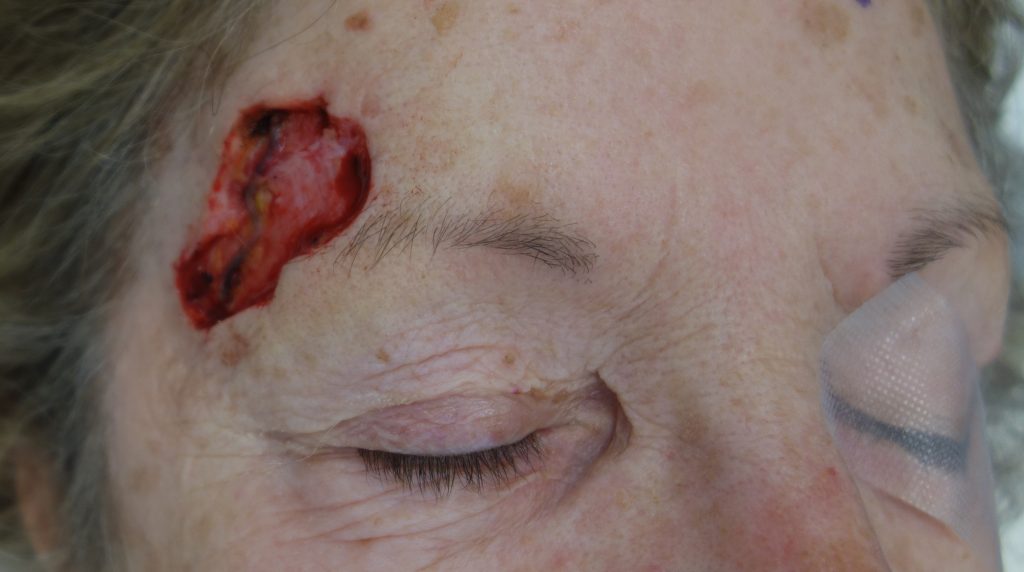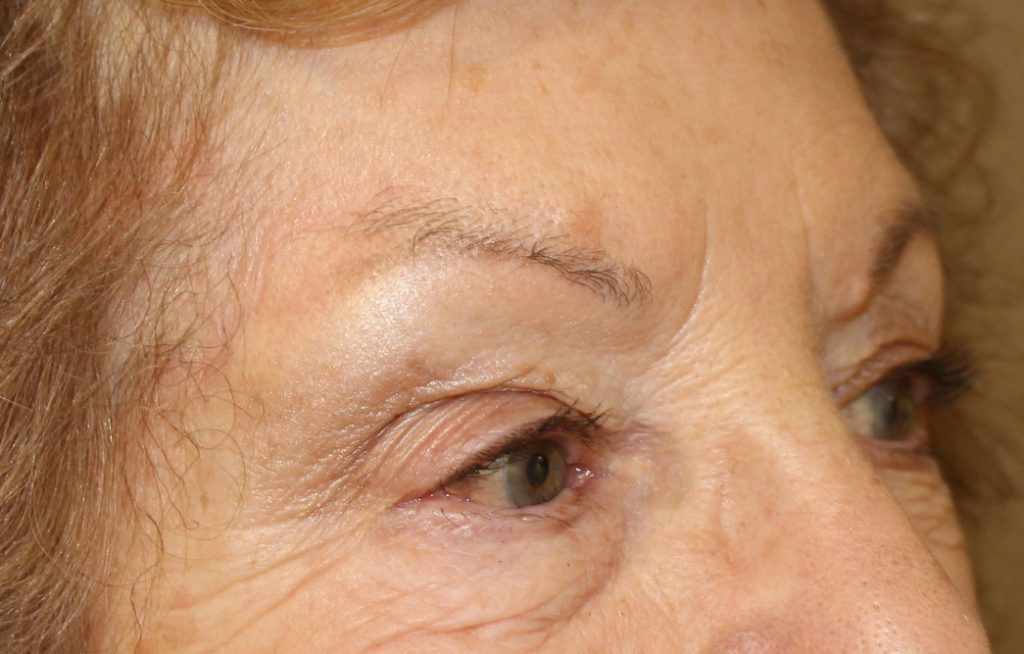Skin Grafting
A skin graft surgery can be a solution for a variety of different skin problems including covering up damaged skin and covering open wounds.
What is Skin Grafting?
Skin grafting is a procedure that involves removing skin from one part of the body and transferring it to another area that is damaged or missing. This is often performed if a part of the skin has become damaged from burns, injury or illness or has had to have pieces of skin removed. There are two forms of skin grafting surgery, first is a split-thickness skin graft and a full-thickness skin graft.
The Skin Graft Consultation
Here at UK Aesthetic, we want you to feel as prepared as possible before committing to any cosmetic surgery procedure. That’s why we invite you to the clinic for an initial consultation to discuss the expectations you have for your skin graft surgery. It’s important that you share with us as much information about your current health and lifestyle as possible.
The surgeon will also be able to determine whether you need a split-thickness skin graft or a full-thickness skin graft. You also have the opportunity to ask any questions you may have about skin reconstruction. A surgery plan will be created as a result of this consultation – which includes costs.
Case Studies
Preparation for Skin Grafting Surgery
Skin reconstruction will require general anaesthetic, so if you have any health problems or if you’re feeling unwell then it’s important to let us know beforehand. There are some precautions you’ll need to take at least 6 weeks before a skin graft, including:
- Don’t take aspirin
- Stop smoking
- Stop taking herbal supplements
- Stop taking anti-inflammatories
In some cases, pre-operative tests may be required. Furthermore, after the skin graft, you should arrange for a friend or relative to collect you from the clinic. You should also take some time off work, usually about one week.
What to Expect During The Skin Grafting Surgery?
There are two main techniques for a skin graft. Depending on what is involved, they can take the form of either split-thickness or full-thickness skin grafts.
Split-Thickness Skin Graft
In a split-thickness skin graft procedure, the top layer of skin (the epidermis) is removed along with a portion of the deeper layer of skin. The new skin graft is taken from other areas of the body, most commonly the thighs, abdomen, buttocks or flanks. This extremely thin layer of skin is then used to cover large areas. These skin reconstruction grafts tend to be the most fragile and may appear paler than the adjoining skin.
Full-Thickness Skin Graft
A full-thickness skin graft involves removing all of the outer layer and the deeper layer (dermis) from the chosen donor area of the body. This is typically the groin, forearm, abdomen or collarbone. The pieces of skin in this skin graft are smaller and thicker, usually used for minor wounds. This form of skin reconstruction also usually blends in better with the skin around them for a more pleasing aesthetic outcome.
How Is The Skin Graft Healing
Skin graft healing is pretty simple. Some discomfort is typical after your skin graft surgery, so you may wish to take pain relief medication. It’s also important that you:
- Keep the wounds as dry as possible
- Avoid heavy lifting
- Avoid strenuous exercise or activity
You’ll be checked over in the dressings clinic a week after your skin grafting to ensure you’re healing well. Have a look at our vlog on skin reconstruction surgery which provides even further details about skin graft surgery, what you can expect and case study examples.






